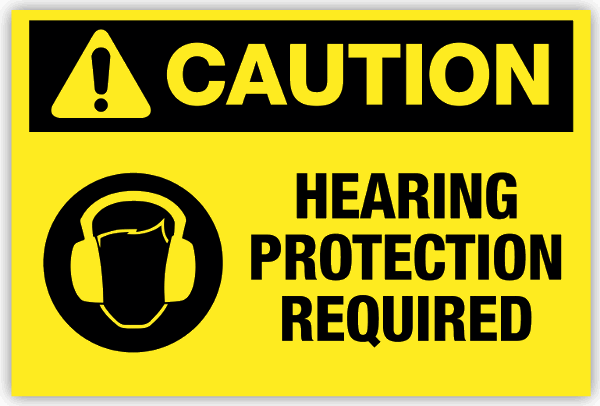Finding the perfect home can seem like an impossible challenge and one that usually ends up in a number of compromises. Most aspects of a home can be fixed such as landscaping, wall color or flooring can all be changed. Although factors beyond our control cannot be changed. Factors such as flight patterns from an airport, highways and rail lines. If you are looking to buy a home and noise is a priority, here are a few tips for selecting a quiet home.
- Buy a detailed map of the area and highlight the locations of airports highways and rail lines. Also take note of industrial sites, shopping areas, amusement parks and all areas of community congregation.
- What if your perfect home is near a highway? Look to see if there are multiple rows of trees or thick brush near the highway. A single row of trees usually is ineffective to deaden sound and multiple trees, e.g. mini forest, will block road noise.
- Is the home older? The same trouble spots that will allow in drafts and cold air will allow in sound. Look to see if the windows have been replaced recently and seals have been replaced around doors.
- Look to see how old the heating/air conditioning system is. An upgrade to a more efficient system will reduce noise, although older systems could just need a blower fan replacement.
- Many older homes have mail slots on the door or on the wall next to the front door. If you have this, add a mailbox outside and replace the door or seal the mail slot on the wall.
- What type of neighborhood is the home in? Smooth straight roads on a hill lead itself to fast driving. Opt for a home that is not on a through street or on a slow curve.
All of these tips are great for looking for your next home, but what if you’ve already purchased your home? Or you have no plans of moving, but have some of the issues listed above? A prudent step would be to try and seal up gaps that might leak air, along with finding solutions to block or absorb the noise issue.
Two options for that are our Putty Pads to be used in electrical boxes and acoustical sealant to stop air gaps. These are basic home maintenance steps and should also help with the efficiency of the heating and cooling of your home. Adding Silent Wrap to your walls with a thin layer of drywall will provide a large amount of mass that will deaden sound. This will need some construction skills so you may need to get a local handyman to help.
